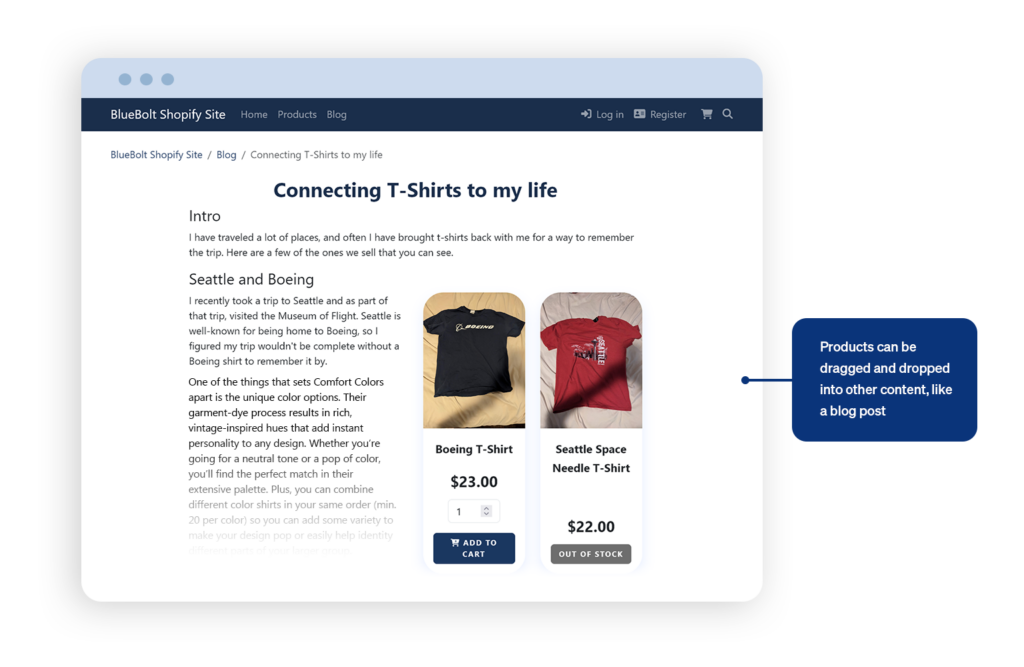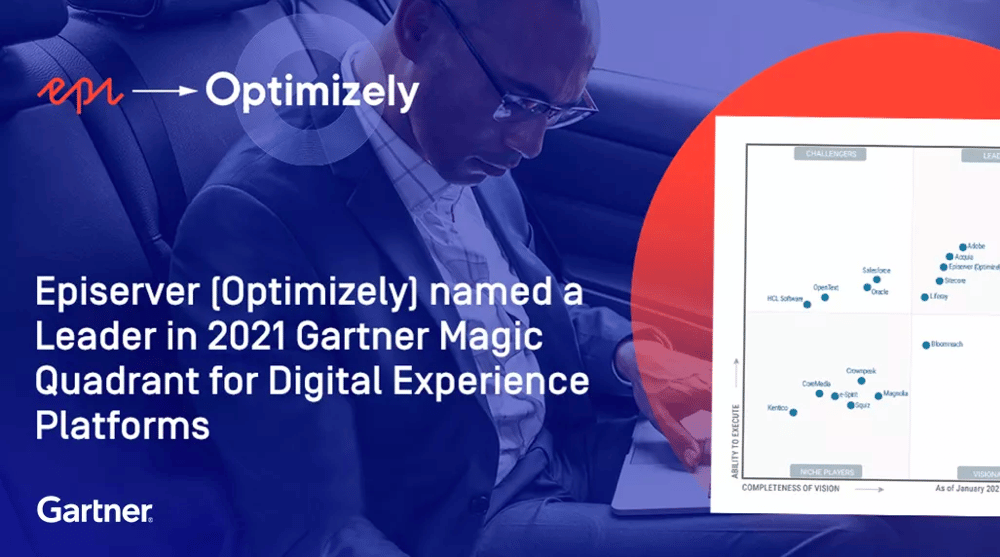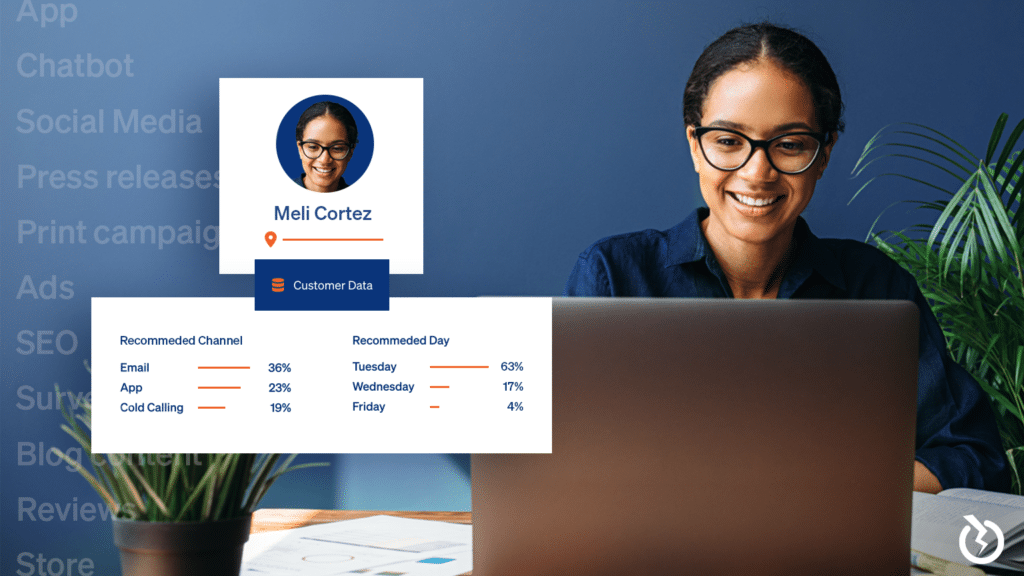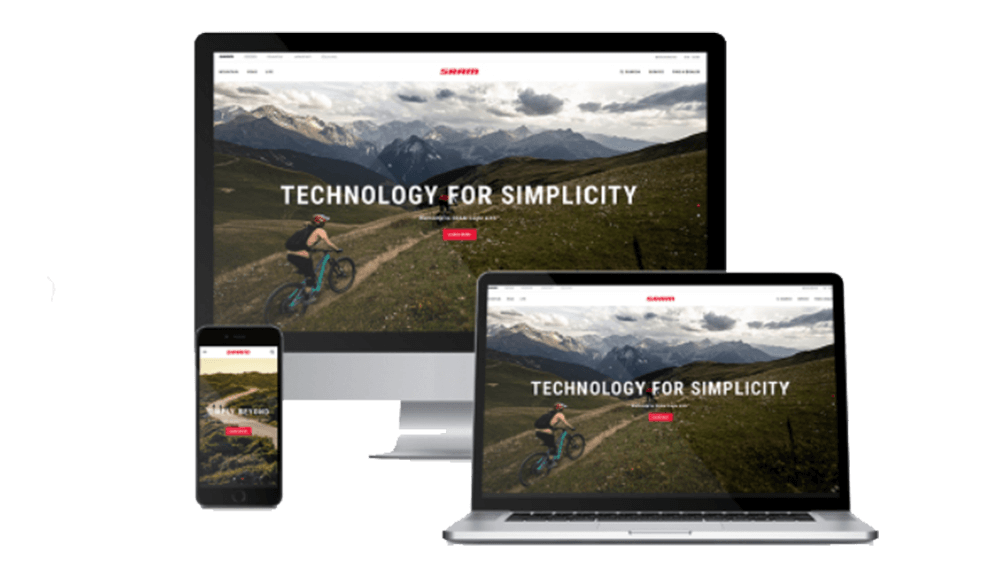B 2B eCommerce is quickly advancing as businesses search for solutions that ensure seamless buyer experiences, robust integration options, and expansion opportunities.
But no platform is perfect; each has its strengths and weaknesses. In this article, we compare the top B2B eCommerce platforms, sharing their key features, potential drawbacks, and best business uses.
Shopify Plus
Best for: Mid-to-enterprise-level businesses seeking an easy-to-use, scalable solution
Key Features:
- Custom Pricing & Quoting – Supports customer-specific pricing and RFQs.
- Multi-Channel Selling – Connects with marketplaces like Amazon and eBay.
- B2B-Specific Features – Custom catalogs, net payment terms, and bulk ordering.
- Fast & Scalable – High-speed checkout and optimized performance for large orders.
Weaknesses:
- Limited Native B2B Functionality – Some B2B features require third-party apps.
- Customization Constraints – Not as flexible as open-source solutions like Adobe Commerce.
- Transaction Fees – Transaction fees can add up if not using Shopify Payments.
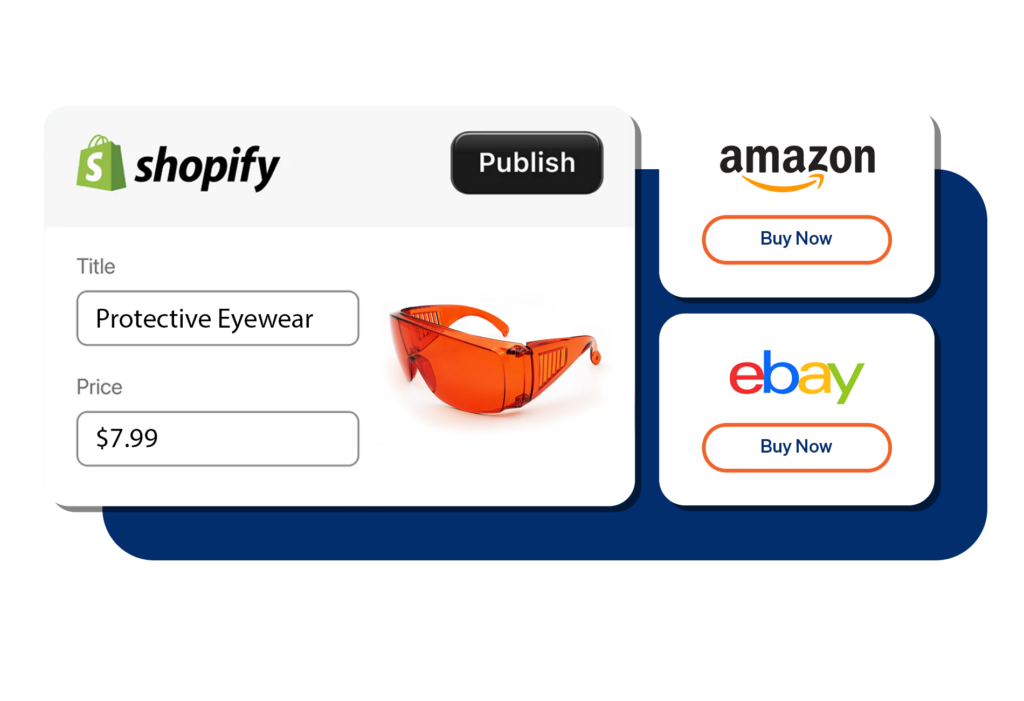
Who Should Use Shopify Plus?
It is best for growing B2B businesses that want a user-friendly, scalable solution, particularly those with DTC and B2B hybrid models (e.g., wholesale, fashion, and consumer goods brands). https://help.shopify.com/en/manual/b2b
Choosing the Right B2B Apps for Your Shopify Store
- If you’re on Shopify Plus, use Shopify’s native B2B features (curated catalogs, custom pricing, personalized storefronts, flexible payment terms, and a self-serve portal) and add apps for additional automation.
- If you’re not on Shopify Plus, apps like Wholesale Pricing Discount B2B and Wholesale Gorilla can add wholesale capabilities without upgrading.
- For high-volume B2B businesses, Allegro Order Management and Mechanic offer powerful automation and fulfillment solutions.
No matter your Shopify B2B strategy, these apps will help streamline operations, boost conversions, and enhance your wholesale customer experience.
BigCommerce B2B Edition
Best for: Mid-sized to large B2B companies needing flexibility and open APIs. https://www.bigcommerce.com/solutions/b2b-ecommerce-platform/
Key Features:
- Headless Commerce Capabilities – Enables advanced front-end customization.
- B2B Buyer Features – Custom price lists, volume discounts, and account-based pricing.
- Seamless ERP & CRM Integrations – Works with NetSuite, Salesforce, and Microsoft Dynamics.
- Optimized Checkout – Shared shopping lists and quick reorders for bulk buyers.
Weaknesses:
- Steeper Learning Curve – More complex to set up and manage than Shopify.
- Fewer Native B2B Features – Requires third-party apps for advanced workflows.
- Limited B2B Marketplace Functionality – Not as strong for businesses running multi-vendor marketplaces.

Who Should Use BigCommerce?
Great for B2B companies looking for API-driven, flexible solutions, especially manufacturers, wholesalers, and distributors.
Choosing the Right B2B Apps for Your BigCommerce Store
- BigCommerce acquired the BundleB2B technology, making it a core part of their platform for B2B businesses.
- For quotes & pricing flexibility, B2B Ninja and Wholesale Pricing help manage RFQs and custom pricing.
- For automation & ERP sync, Brightpearl, NetSuite Connector, and QuickBooks Connector streamline operations.
- For advanced shipping, ShipperHQ and EasyPost handle freight and multi-carrier management.
By leveraging the right mix of these apps, your BigCommerce B2B store can deliver a seamless experience for bulk buyers while automating operations for efficiency.
Optimizely B2B Commerce (Configured Commerce)
Best for: Specifically crafted for manufacturers and distributors, the platform inherently supports complex B2B processes, including intricate pricing structures and product configurations. https://www.optimizely.com/products/configured-commerce/?utm_source=chatgpt.com
Key Features:
- AI-Powered Personalization – Uses buyer behavior to recommend products.
- Deep ERP Integrations – Works seamlessly with SAP, Microsoft Dynamics, and others.
- Self-Service Portals – Buyers can easily track orders, access special pricing, and reorder.
- Strong Content & Commerce Integration – Merges CMS with eCommerce for personalized experiences. Extensive features mean less need for additional extensions.
Weaknesses:
- High Implementation Costs – While offering extensive features, the associated costs, including licensing, implementation, and maintenance, can be substantial, potentially impacting the overall return on investment.
- Complexity – The extensive feature set and customization options can lead to a steep learning curve for new users, necessitating comprehensive training and onboarding.
- Not Ideal for Smaller Businesses – Built for enterprises, which makes it overkill for SMBs.

Who Should Use Optimizely B2B Commerce?
Best for large-scale enterprises in industrial manufacturing, distribution, and high-volume B2B sales.
Key Factors Influencing Costs
Determining the costs for Optimizely B2B Commerce can be challenging. Cost varies based on business size and requirements, integrations, and specific requirements. Understanding the components influencing implementation costs can provide a clearer picture.
- Business Size and Requirements:
- Scale of Operations: Larger enterprises with extensive product catalogs and complex customer profiles may incur higher costs.
- Customization Needs: There will be increased costs for businesses requiring unique functionalities or integrations beyond standard features.
- Implementation Cost:
- Optimizely does not provide default installation services, necessitating the engagement of web developers or third-party CMS experts for setup and customization. Collaborating with experienced implementation partners ensures that the platform aligns with unique business requirements, though this can add to the initial investment.
- Integration with Existing Systems:
- Seamlessly connecting Optimizely with current systems—such as ERP, CRM, and PIM—is crucial for operational efficiency. The complexity and cost of these integrations depend on the compatibility and customization needs of the existing infrastructure.
- Licensing and Hosting:
- Optimizely Configured Commerce can be considered expensive, especially for businesses with high traffic volumes or complex needs, as the cost is based mainly on your website traffic and the features you utilize, with potential price points reaching hundreds of thousands of dollars per year, depending on your specific requirements.
Adobe Commerce (Magento)
Best for: Large enterprises needing high customization and omnichannel capabilities. https://business.adobe.com/products/magento/b2b-commerce-optimization.html
Key Features:
- Highly Customizable – Open-source flexibility for tailored B2B experiences.
- B2B-Specific Features – Includes account hierarchies, requisition lists, and contract-based pricing.
- Multi-Store & Multi-Language Support – Ideal for global B2B brands.
- Strong Marketplace for Extensions – Thousands of third-party integrations available.
Weaknesses:
- High Development Costs – Requires a development team or agency to maintain.
- Performance Optimization Needed – Can be slow if not correctly optimized.
- Longer Time to Market – Launching is significantly longer than SaaS options.

Who Should Use Adobe Commerce?
It is ideal for enterprises that require deep customization, global scalability, and a powerful eCommerce engine, particularly in industries like industrial manufacturing, automotive, and wholesale.
Are Adobe Commerce Costs More Than SaaS Platforms?
When evaluating the costs associated with Adobe Commerce (formerly Magento) for B2B operations, it’s essential to consider licensing and optimization expenses. Adobe Commerce offers two primary deployment options: On-Premise and Cloud (Adobe Commerce Cloud), each with distinct cost structures.
- Adobe Commerce Licensing Costs:
- On-premise: Licensing fees start at approximately $22,000 per year, and the total cost is influenced by factors such as Gross Merchandise Value (GMV) and desired features.
- Cloud (Adobe Commerce Cloud): Licensing fees begin at around $125,000 per year and include hosting and basic support.
- Optimization and Implementation Costs:
- Beyond licensing, additional costs are required for implementation, customization, and ongoing optimization.Implementation: Depending on project complexity, initial setup costs can range from $50,000 to $250,000.
- Customization and Development: Tailoring the platform to meet specific business needs may require additional costs on development and third-party integrations.
Adobe Commerce offers robust B2B functionalities with substantial customization potential, but this flexibility often comes with higher licensing and optimization costs than other SaaS B2B platforms. Careful assessment of your organization’s needs and resources is crucial in determining the most cost-effective and suitable platform.
Salesforce Commerce Cloud (Feature: B2B Commerce)
Best for: Enterprises prioritizing CRM-driven eCommerce and sales automation
Key Features:
- Seamless Salesforce Integration – Perfect for businesses already using Salesforce.
- AI-Powered Personalization – Uses Einstein AI for product recommendations.
- Multi-Tenant Cloud Infrastructure – Ensures scalability and high performance.
- B2B-Specific Workflows – Includes contract pricing, purchase approvals, and recurring orders.
Weaknesses:
- Expensive Licensing Fees – One of the most costly platforms on the market.
- Complex Setup & Configuration – Requires expert implementation and ongoing management.
- Best for Salesforce Users – Businesses not using Salesforce CRM may find limited value.

Who Should Use Salesforce Commerce Cloud?
It is great for large enterprises in tech, healthcare, and financial services that rely on Salesforce for CRM and sales automation.
Cost Considerations Compared to Other Platforms:
While SFCC offers a rich feature set, its cost structure may be higher than other eCommerce platforms. Take your business’s specific needs and objectives into consideration before deciding to invest in SFCC.
- Integration Needs: If your business relies heavily on Salesforce’s suite of products, the seamless integration offered for SFCC could justify the cost.
- Growth Projections: Plan on growing quickly or need the ability to scale? Then SFCC’s infrastructure is what you need since it is designed to accommodate expansion.
- Resource Availability: Assess whether your organization has the technical and financial resources to maximize the benefits of SFCC’s advanced features.
OroCommerce
Best for: Mid-sized to large businesses needing a highly flexible, B2B-first solution. https://oroinc.com/b2b-ecommerce/
Key Features:
- B2B-Exclusive Platform – Built specifically for B2B, with RFQs, bulk ordering, and customer-specific pricing.
- Headless Commerce Ready – Provides flexibility for API-driven commerce.
- Built-in B2B CRM – Includes a customer relationship management system for sales teams.
- Flexible Deployment Options – Offers both cloud-based and on-premise solutions.
Weaknesses:
- Less User-Friendly – Requires technical expertise to set up and manage.
- Smaller App Ecosystem – Fewer third-party extensions compared to Adobe Commerce or Shopify.
- Not Ideal for Hybrid B2B/DTC Models – Built primarily for B2B, with fewer features for DTC selling.
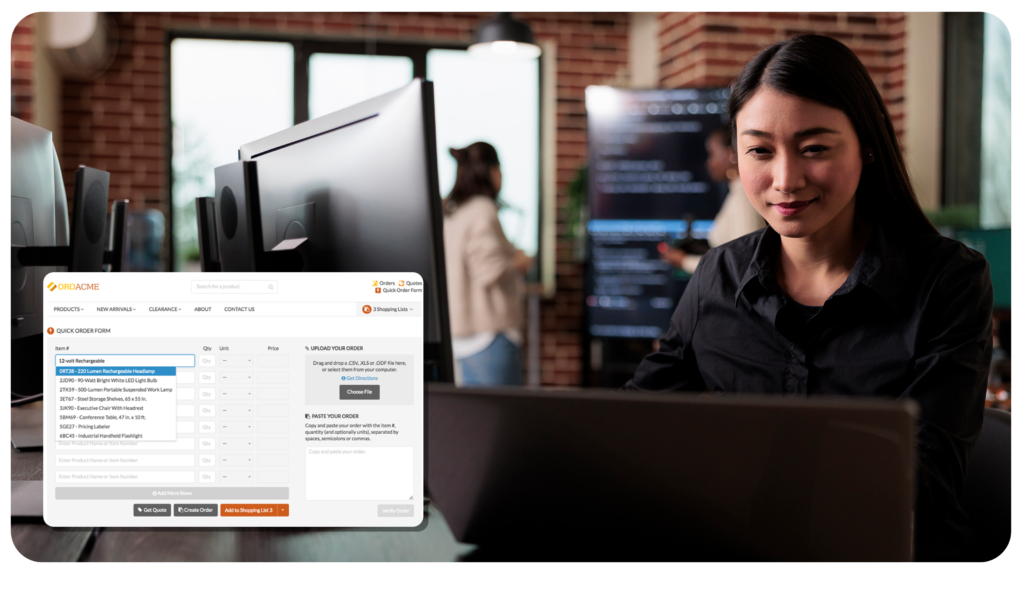
Who Should Use OroCommerce?
Great for manufacturers, wholesalers, and distributors needing a B2B-first platform with strong customization capabilities.
Built Specifically for B2B eCommerce
Unlike many platforms that adapt B2C solutions for B2B, OroCommerce was built from the ground up for B2B transactions. It natively supports custom pricing and contracts, RFQ (Request for Quote) management, multi-warehouse and inventory control, flexible B2B workflows, and multi-channel sales.
Many B2B businesses struggle to fit their complex workflows into platforms primarily designed for B2C. OroCommerce eliminates the need for extensive customizations to make B2B work.
Which B2B eCommerce Platform is Right for Your Business?
| Platform | Best For | Key Strengths | Ideal Industries |
|---|---|---|---|
| Shopify Plus | Growing B2B & hybrid businesses | Easy-to-use, scalable, fast | Wholesale, fashion, consumer goods |
| BigCommerce B2B | Mid-to-large businesses | Open APIs, headless commerce | Manufacturing, distribution |
| Optimizely B2B | Enterprise businesses | Advanced personalization, ERP integration | Industrial, high-volume B2B |
| Adobe Commerce | Large enterprises | Highly customizable, global commerce | Automotive, industrial |
| Salesforce Commerce | CRM-driven enterprises | AI-powered, deep CRM integration | Tech, healthcare, financial services |
| OroCommerce | B2B-first companies | Built for B2B, flexible deployment | Manufacturing, wholesale |
Final Thoughts
Selecting the best B2B eCommerce platform depends on your business size, technical resources, and sales model. Shopify Plus is a great option for user-friendly scalability. For flexibility, BigCommerce B2B and OroCommerce stand out. If deep customization is needed, Adobe Commerce or Optimizely are strong choices, while Salesforce Commerce Cloud is best for businesses already using Salesforce.
The right platform will help streamline operations, enhance customer experience, and drive revenue. Ready to choose your B2B eCommerce solution? Evaluate your needs, test platforms, and invest in a future-proof system.



